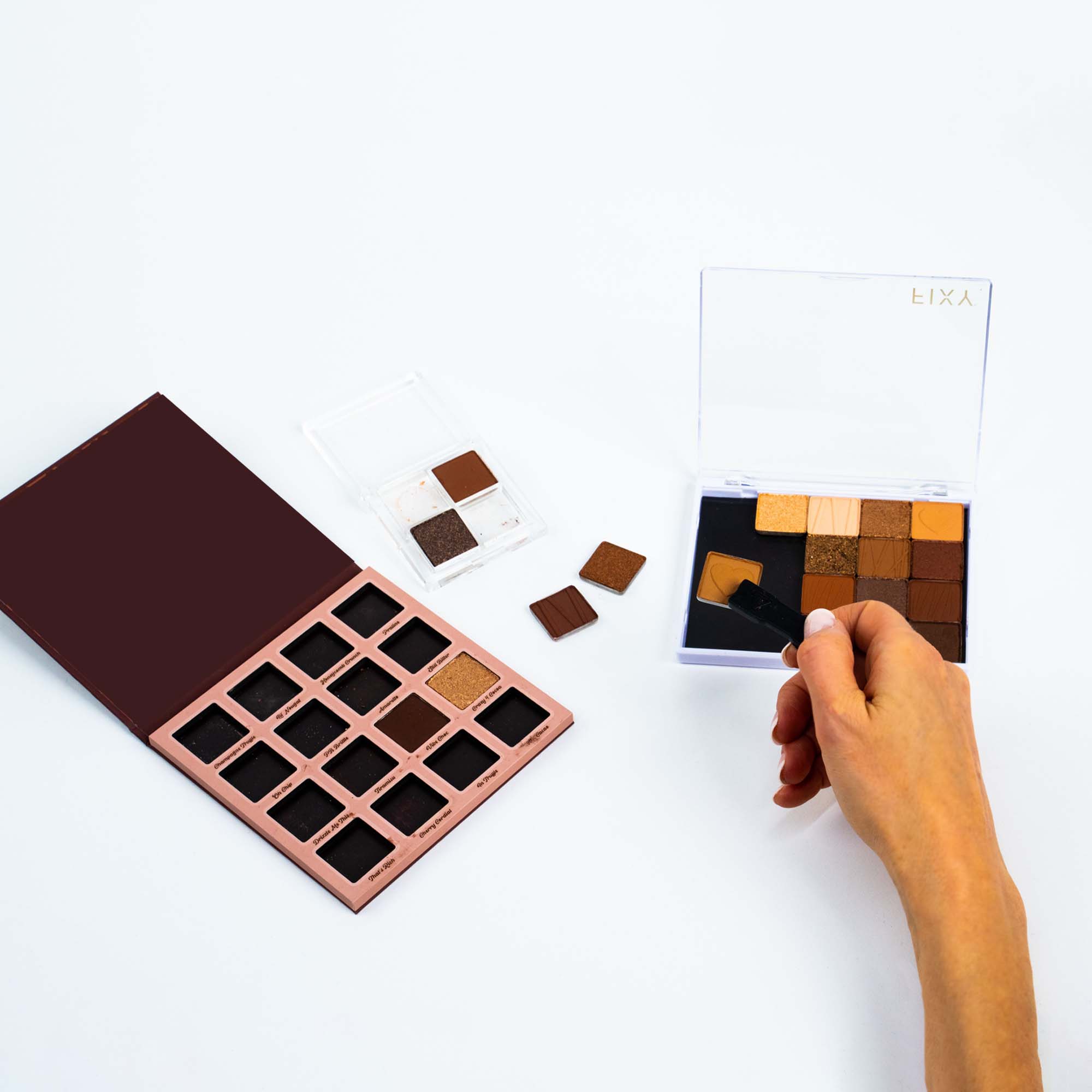With skin cancer rates on the increase, ensuring you are adequately protected from the sun’s harmful rays has never been more important. UVA and UVB rays not only burn the skin, they cause premature wrinkling and age spots, blotchiness and red veins. The active ingredients in sunscreen act as a defense. Sun protection factors (SPF) now range from 2 to a whopping 100, but before all, you fair skinned folks and delicate red-heads alike lather up out there with the maximum strength SPF and head out to sun gaze, what sun protection factor do you really need?
What does the SPF number mean
To start, you need to understand the numbers; what does an SPF of 20 actually mean? Our susceptibility to sunburn depends mostly on our natural coloring and skin tone. There are 6 fitzpatrick phototypes, categorized from light to dark, with the darker tones having more pigmentation. More pigmentation means more natural protection from the sun. But don’t let that fool you, even the darkest V and VI shades of skin can burn and develop skin cancer. In order to set the SPFs, tests were carried out in laboratories on a number of people to see how long they it took for them to burn in the sun without sunscreen, and how long without. The results are just a guideline, but if it takes you ten minutes to burn without protection, then wearing factor 20 would allow you to be in the sun for 200 minutes (10 minutes x SPF 20). This should be your rule of thumb to follow.However, several things can hamper the effectiveness of your sunscreen and you can’t always rely on laboratory stats to guarantee protection. One example being when we apply sunscreen, it’s likely we don’t apply as much as they do in test conditions, which immediately shortens the safe tanning time. And when we sweat, we are watering down and washing off the cream, which leads to it being less effective. There are also several medications which will lower the power of the active ingredients in sunscreen, and some citrus fruits (such as lime) can also stop them from working. Above all, you need to make sure you are reapplying every TWO hours especially after being in the water or exercising. Oh and apply sunscreen about a half an hour before going out to make sure it has time to activate.
How to pick the best SPF
Probably the most important factor when choosing the right sunscreen for you is your skin tone and type! Taking into consideration if your skin is dry, or prone to acne or allergies, will influence whether you use a cream, gel or oil based product. If you’re exercising or swimming, then waterproof protection is a must, and at the very least use SPF 15 for normal everyday wear, and higher if you will be out in the sun for any measure of time.We all know though that the best way to protect your skin from the sun, is to avoid the sun rays entirely on your bare skin (or as much as possible), by covering up and relaxing in the shade. However, if you must be a sun worshipper be sure to pick the correct SPF, apply early and often. Respect the skin you’re in!
Read more at our FIXY makeup repair kit blog.


